It looks like something from the beginning of a science fiction novel—dilapidated and decaying architecture protrudes from red-stained shores, swirling clouds of toxic dust whip over the desolate landscape, and a horrible smell like rotting eggs wafts from the surface of the listless water. But this isn’t a colony on Mars or an apocalyptic future Earth; this is the present-day Salton Sea in Imperial County, California.
For decades, the State of California has failed to address this accidental lake turned environmental catastrophe. The once thriving Salton Sea now faces a host of issues with receding shores, contaminated water, and an exposed playa (or lakebed) that forms massive, toxic dust storms. Although California took responsibility for maintaining the Salton Sea in the early 2000s, the state has yet to allocate the money and workforce needed to fix this brewing disaster. But after years of red tape and unfulfilled promises, the tides may be turning for the Salton Sea. In November of 2020….

